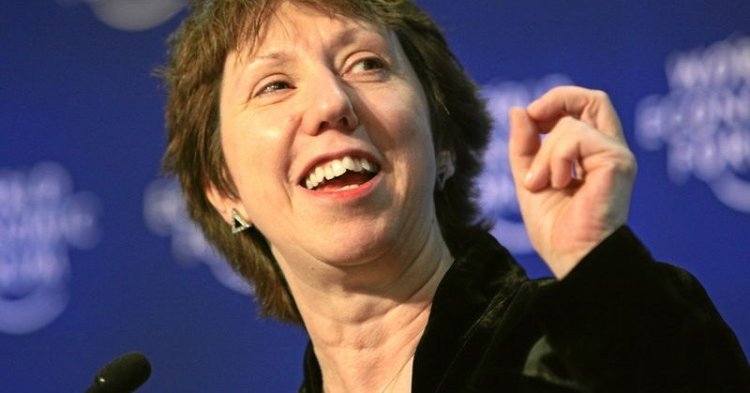As previously highlighted by fellow columnists Miguel Castro and Clémentine Chaigneau, several important points have yet to be uncovered regarding the final characteristics of the EEAS, the brand-new European diplomatic corps. The final product is not only a major opportunity to place the EU in a real international role and to transform foreign policy making decisions, but it is also a new field where the institutions will have to avoid the common mistakes that handicap other areas of integration. Complaints from MEPs on the underestimation of their positions is not a good starting point.
The EEAS, the end of a long road
The foundations of EU foreign policy started with the Treaty of Rome. In 1970 the European Political Cooperation was established, and during the 80s, the geopolitical shifts in Europe added new urgency to the launch of a more coordinated policy between the member states. Maastricht created the Common Foreign and Security Policy (CFSP) and the following texts of Amsterdam and Niza proportioned other important elements for the CFSP.
Now the Lisbon Treaty produces several legal and institutional changes that will enable the EU to speak more clearly both internally and externally. Internally, because the new High representative for CFSP, Catherine Ashton, is at the same time vice president of the European Commission, so she will have direct access to the agenda of the most important governing institution. Externally, because she will be assisted by the EEAS.
Now the Lisbon Treaty produces several legal and institutional changes that will enable the EU to speak more clearly both internally and externally
The EEAS, a new powerful tool
The EEAS will be an autonomous body of the EU, with headquarters in Brussels and it will assist the High Representative to fulfil her task of conducting the Union’s Common Foreign and Security Policy. In practice, this means that it will take over most of the competencies that had been responsibility of the Commission’s services abroad. It’s most important function is to ensure the coherence and consistency of the EU voice in world affairs.
The birth of the new EEAS formally started with a proposal to the Council from the High Representative. This first proposal however, has only outlined the general structure of the new service. One can easily see the institutional architecture of the EEAS being slightly similar to that of an independent agency, helping senior policy makers fulfil their duties, but in fact it has a complex structure of cooperation with the Council and the Commission, especially due to the fact there are some policy areas, such as aid and development, that will remain under the authority of said institutions.
The same mistake: Ashton’s failed consultations
The aforementioned authors of thenewfederalist.eu previously noted the poor role that the European Parliament played during the consultation process for the proposal of the EEAS. The reaction of the MEPs just hours after the public presentation of the project confirms that Catherine Ashton has failed to seriously consider the vision of MEPs. The official proposal states clearly that the “European Parliament will fully play its role in the external action of the Union”. According to the Treaties, the EP has political weight to control the budget and legislation, moreover, the High Representative will have to consult the views of the Parliament on a regular basis. Nevertheless, a cross-party group of MEPs, led by the president of the Parliament, Jerzy Buzek, severely criticised Ashton’s ideas on the institutional form and priorities of the EEAS and qualified them as “not acceptable”. EuropeanVoice.com cited that “despite many contacts over the past weeks, the high representative has chosen not to take Parliament’s views sufficiently into account”[1]
The reaction of the MEPs just hours after the public presentation of the project confirms that Catherine Ashton has failed to seriously consider the vision of MEPs
The reasons for the parliamentary groups are strong enough; considering the importance of civilian control to ensure legitimacy of any policy, it is difficult to understand why the proposal avoids addressing the political accountability of a foreign policy. Besides, the MEPs reasonably opposed the above mentioned prerogative of the Commission on the developing partnership programs. Institutional bargaining to keep control over policy areas is an old game in the EU’s complex structure, but it is also a bad start for a new body that ought to guarantee the coherence and efficiency of EU foreign policy.
A great opportunity to serve citizens and interests
This is precisely how we should conclude what this new tool can be. The EEAS represents a new chance for the EU to work for its citizens, just as it works for its member states. The double line of government that characterises every federal polity has to pursue its way in the Union. Offering better protection to EU citizens abroad, or new options for the promotion of our values is a central way to do it.

Follow the comments: |
|
